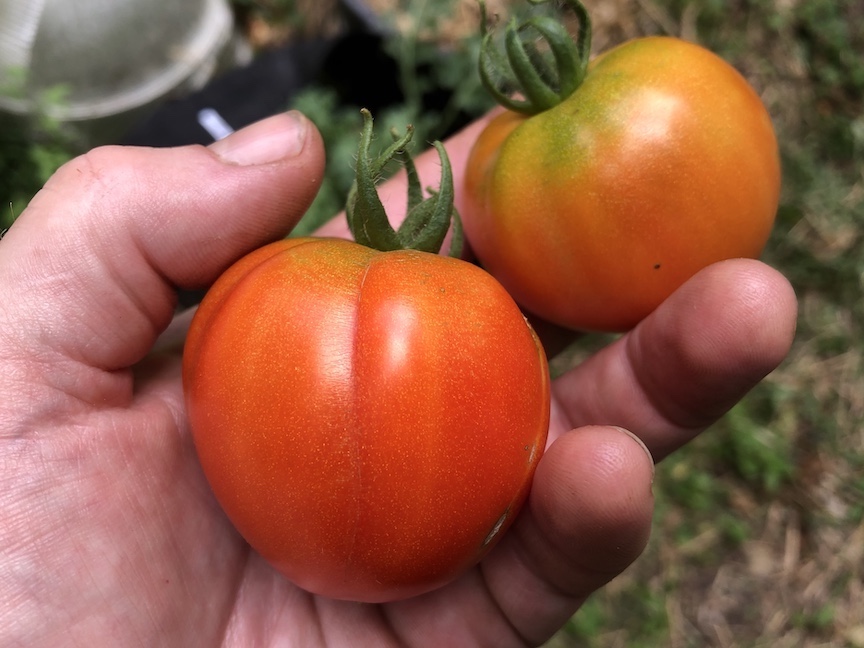
Gardening Green with Doug
Make the Most of Your Garden Space with Succession Planting
By Doug Oster
May 17, 2022
The sound of soft spring rain falling on emerged maple leaves is the background music as I reach down to pluck the stems of ‘Pink Perfection’, one of the last remaining daffodils in the garden. As these spring harbingers fade away, so does the chance of frost, which officially starts the garden season for “normal” people.
It's an exciting time. Planting annual flowers and tender vegetables happily consume all gardeners. We are all tempted to get everything planted as soon as possible, often in a flurry over one weekend.
Yet, you should resist. One of the best things gardeners can do is called succession planting; leaving some room to plant things later.
When we plant everything at the same time, we’re assuming pests, weather and diseases will be on our side. Veteran gardeners laugh at that notion.
Since tomatoes are one of the most popular plants in the garden, let’s start there.
Even though temperatures won’t dip below freezing, that doesn’t mean tomatoes are happy when cool nights and cold rain are prevalent. They would be happier planted later, but in the quest for the first fruit of the season, the earliest planting is unavoidable.
We’ve all been taught that tomato plants must be planted by the end of May for a late summer harvest.
I’ve found in the battle against early fungal diseases like Septoria leaf spot and early blight, putting in some plants later in the season goes a long way to producing disease-free plants.
In fact, my last planting on July 4, includes early season tomatoes, that are bred to produce fruit quickly. ‘Sun Gold,’ ‘Early Girl,’ ‘Red Racer,’ ‘Fourth of July’ and others fit the bill. You can’t plant a beefsteak that takes 90 days to reach fruition late in the season. A few plants go in the garden through June. They enjoy the warmer soil and air temperatures.
Another trick to growing healthy tomatoes is mulching at the time of planting to suppress fungal spores from splashing up on the foliage.
Grow lots of different varieties as they all react differently to diseases. Give them plenty of space between plants (at least three feet), and remove the bottom leaves to create more distance between the spores and the plant.
Best Bean Planting Practices
Beans are the second most popular crop behind tomatoes, and planting them now, in two weeks and then again a couple of weeks later, will extend the harvest until the end of the season. Bush beans are the first to produce, then pole beans. The former needs some support but will produce longer into the season.
Cucumber Planting Tips
Cucumbers benefit from three plantings too, starting now and then sowing seeds every other week. The vegetable can be plagued with cucumber beetles. The damage isn’t terrible, but they spread bacterial wilt. If the cucumbers look great one day, then the next are wilted and no amount of water will bring them back, that’s bacterial wilt.
By planting three different crops and growing them up a trellis, you’ll be planting off the cycle of the beetle and the plants are less affected by the pest when not growing on the ground.
Perfect Pepper Planting
Peppers love the heat and will survive cool spring nights, but thrive as things warm up. I prefer to plant them in early June, often in containers. If they could be placed next to a south-facing brick wall, they would be so happy.
Let’s Plant Lettuce
Succession planting is a must with leafy greens like lettuce. A single summer could see seven or eight sowing of lettuce seeds to keep the harvest coming. Lettuce hates hot weather so it can often be sowed around and under taller crops like tomatoes and peppers, where they will get a little shade in the summer.
Planting Hanging Baskets and More
It’s great to have hanging baskets of flowers in place now, but you can continue to add them through the season as they go on sale towards the end of June. Last season I found some shade baskets planted with impatiens and spider plants.
I pulled the spider plants out at the end of the season and they have become houseplants.
Planting things like dahlias and lilies now are also a sort of succession planting. The lilies will come into their own during mid-summer and dahlias are the queen of the fall garden.
Lilies can be found at local nurseries either as plants in containers or can be bought as bulbs. Once established they will return year after year. I’m obsessed with lilies and one of my favorites is ‘Stargazer’ for its beauty and intoxicating fragrance.
Dahlias can be purchased locally as plants but also grown from tender tubers, which can be dug at the end of the season, stored and replanted the next spring. I often gardeners though, if they don’t want to go to the trouble of saving the tuber, let it freeze like an annual. Don’t deny yourself the beauty of dahlias just because you don’t want to lift the tuber.
I’ve been working with Flowerbulbs.com. They don’t sell bulbs, they promote bulb planting and have lots of ideas for planting summer bulbs like lilies and dahlias. We have a common goal of getting people to plant more bulbs. Check out their site to learn more about growing these plants and others.
Succession planting continues through the season, picking crops that have time to mature and are suited for seasonal temperatures.
I’ll write more about later plantings as the garden year progresses.
Don’t plant once — keep planting. It’s fun and will keep the harvest coming for as long as possible.
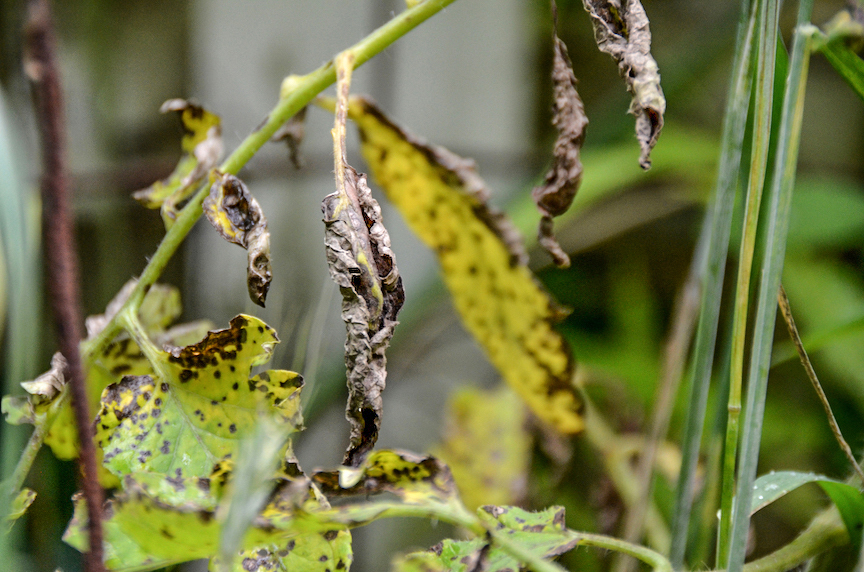
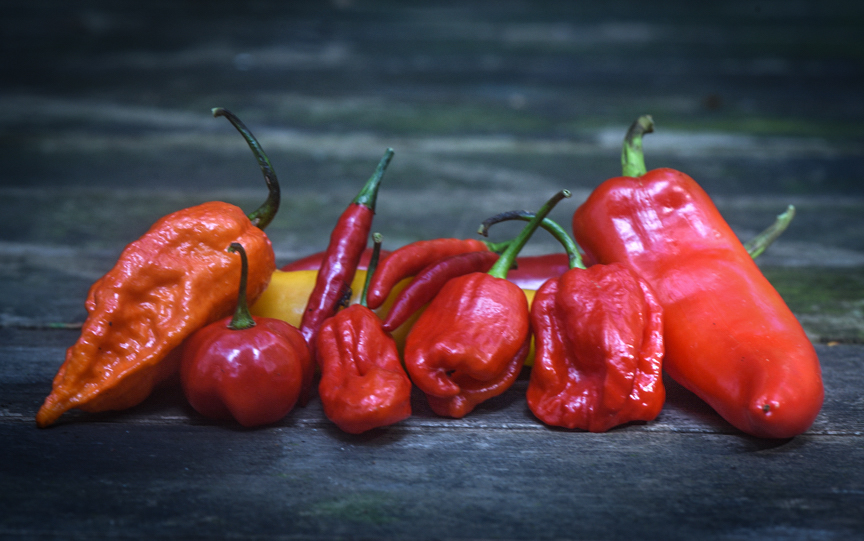
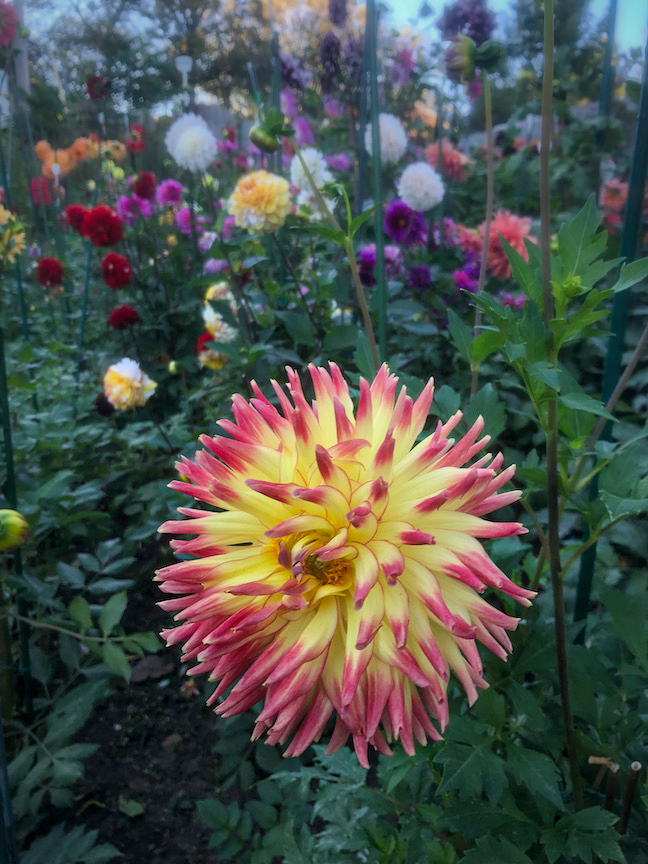
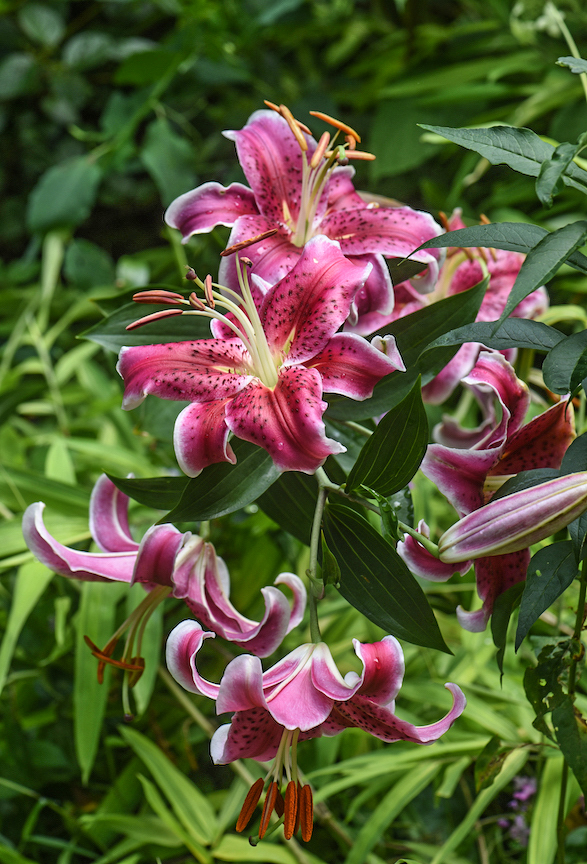
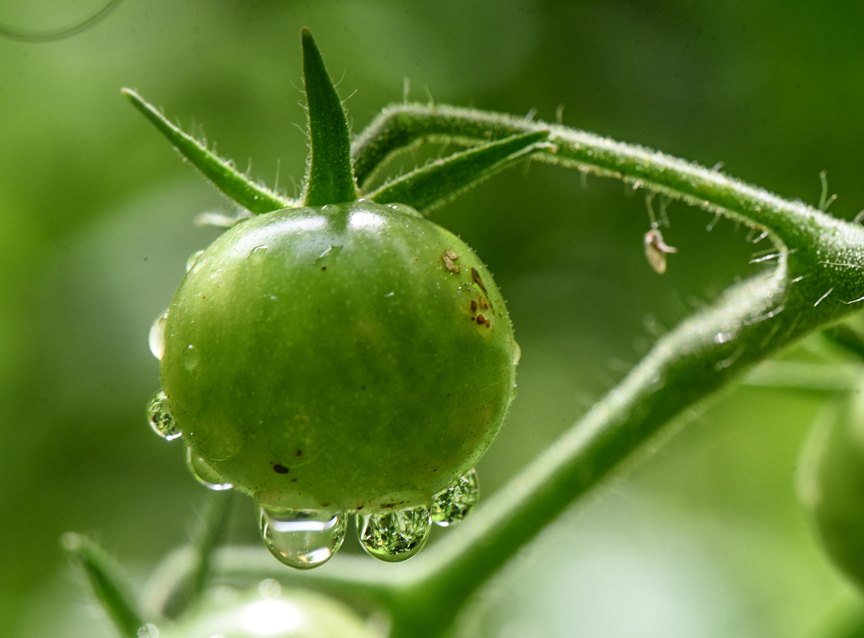
Free “You Dig” Daffodils
My friend Mark sold a property in Cranberry which will be developed this summer. He wants all the daffodils on the property to go to a good home. If you’re interested in getting some, here are the details.

Makes perfect sense now that you’ve explained it.